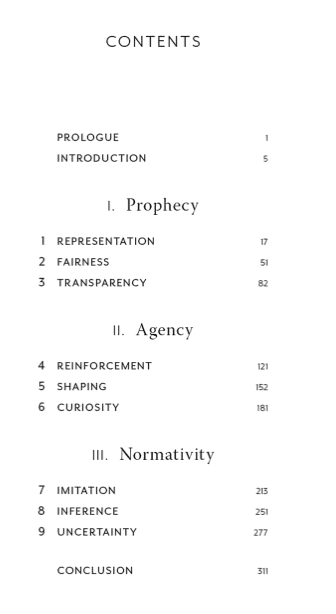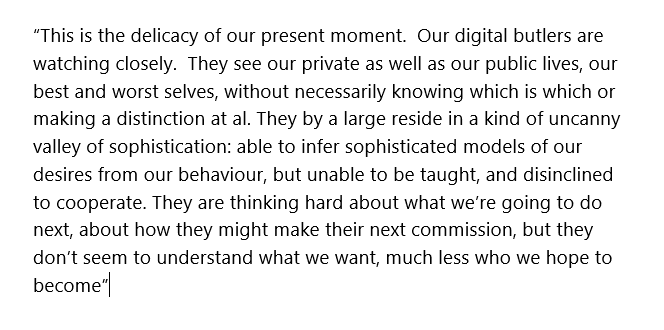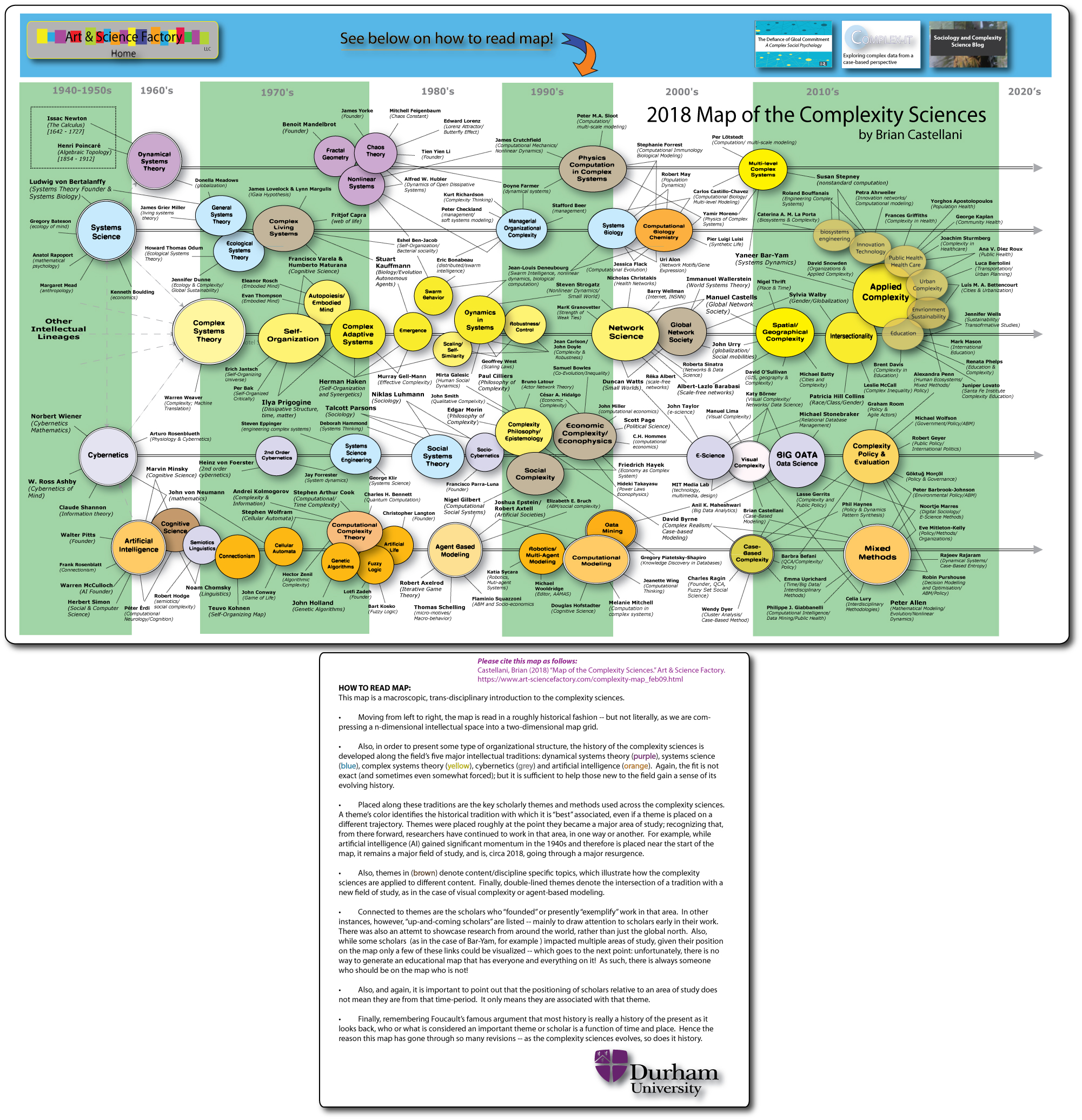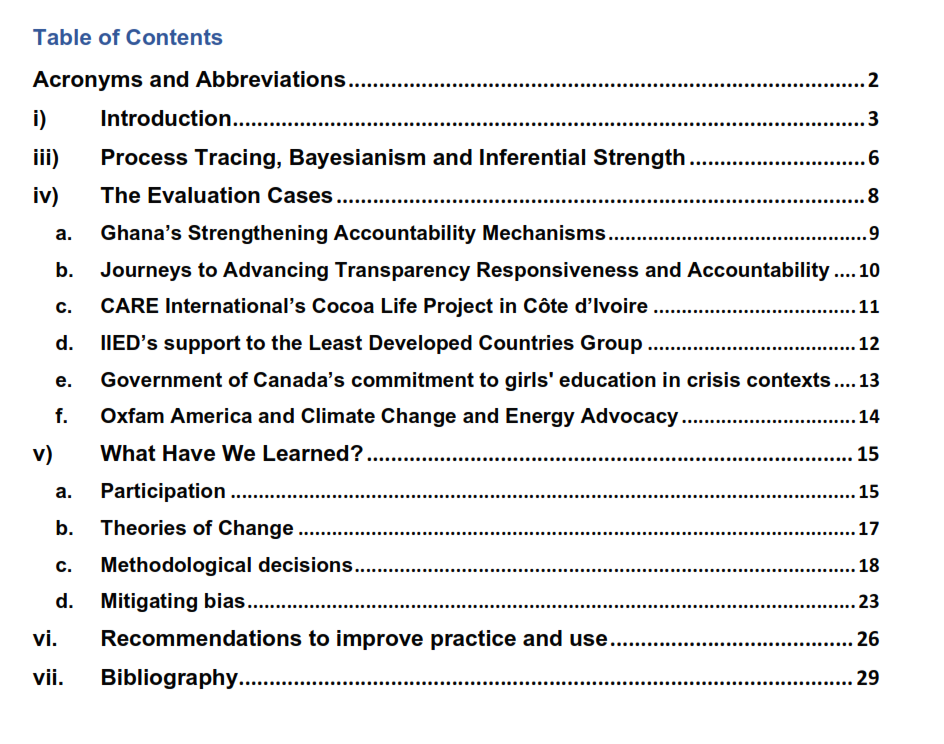Edited by: Kylie Hutchinson – Community Solutions, Vancouver, Canada. 2018 Published by Sage. https://us.sagepub.com/en-us/nam/evaluation-failures/book260109
But $30 for 184-page paperback is going to limit its appeal! The electronic version is similarly expensive, more like the cost of a hardback. Fortunately, two example chapters (1 and 8) are available as free pdfs, see below. Reading those two chapters makes me think the rest of the book would also be well worthwhile reading. It is not ofter you see anything written at length about evaluation failures. Perhaps we should set up an online-confessional, where we can line up to anonymously confess our un/professional sins. I will certainly be one of those needing to join such a queue! :)
PART I. MANAGE THE EVALUATION
Chapter 2. The Scope Creep Train Wreck: How Responsive Evaluation Can Go Off the Rails
Chapter 3. The Buffalo Jump: Lessons After the Fall
Chapter 4. Evaluator Self-Evaluation: When Self-Flagellation Is Not Enough
PART II. ENGAGE STAKEHOLDERS
Chapter 5. That Alien Feeling: Engaging All Stakeholders in the Universe
Chapter 6. Seeds of Failure: How the Evaluation of a West African
Chapter 7. I Didn’t Know I Would Be a Tightrope Walker Someday: Balancing Evaluator Responsiveness and Independence
PART III. BUILD EVALUATION CAPACITY
Chapter 9. Stars in Our Eyes: What Happens When Things Are Too Good to Be True
PART IV. DESCRIBE THE PROGRAM
Chapter 10. A “Failed” Logic Model: How I Learned to Connect With All Stakeholders
Chapter 11. Lost Without You: A Lesson in System Mapping and Engaging Stakeholders
PART V. FOCUS THE EVALUATION DESIGN
Chapter 12. You Got to Know When to Hold ’Em: An Evaluation That Went From Bad to Worse
Chapter 13. The Evaluation From Hell: When Evaluators and Clients Don’t Quite Fit
PART VI. GATHER CREDIBLE EVIDENCE
Chapter 14. The Best Laid Plans of Mice and Evaluators: Dealing With Data Collection Surprises in the Field
Chapter 15. Are You My Amigo, or My Chero? The Importance of Cultural Competence in Data Collection and Evaluation
Chapter 16. OMG, Why Can’t We Get the Data? A Lesson in Managing Evaluation Expectations
Chapter 17. No, Actually, This Project Has to Stop Now: Learning When to Pull the Plug
Chapter 18. Missing in Action: How Assumptions, Language, History, and Soft Skills Influenced a Cross-Cultural Participatory Evaluation
PART VII. JUSTIFY CONCLUSIONS
Chapter 19. “This Is Highly Illogical”: How a Spock Evaluator Learns That Context and Mixed Methods Are Everything
Chapter 20. The Ripple That Became a Splash: The Importance of Context and Why I Now Do Data Parties
Chapter 21. The Voldemort Evaluation: How I Learned to Survive Organizational Dysfunction, Confusion, and Distrust
PART VIII. REPORT AND ENSURE USE
Chapter 22. The Only Way Out Is Through
Conclusion
Like this:
Like Loading...







